The subtitle of this blog is “Modest adventures in agriculture.” You might think the word “adventure” is a bit of hyperbole, and I’d concede the point. But it is an adventure in the sense that I am constantly challenged. The craziest thing about growing food is that we wait impatiently until it is ripe and ready, and then we’re suddenly overwhelmed with the vast piles of food all at once.

The previous owner of this property planted a fig tree, and it is prolific. I have been looking at it since late May when it was covered with what my daughter calls “figlets,” or little green proto-figs. It surprised me throughout the month of June that they remained obstinately green and hard, and even though I consulted my records and saw that they finally started ripening in mid-July last year I still felt impatience and doubt.
About five days ago, I went out and saw that some figs were ready, and I grabbed a few but wasn’t systematic about it. Then this weekend I saw the tree was absolutely covered with brown / purple figs. It took about an hour to pick them, and it came out to about 18 pounds total.
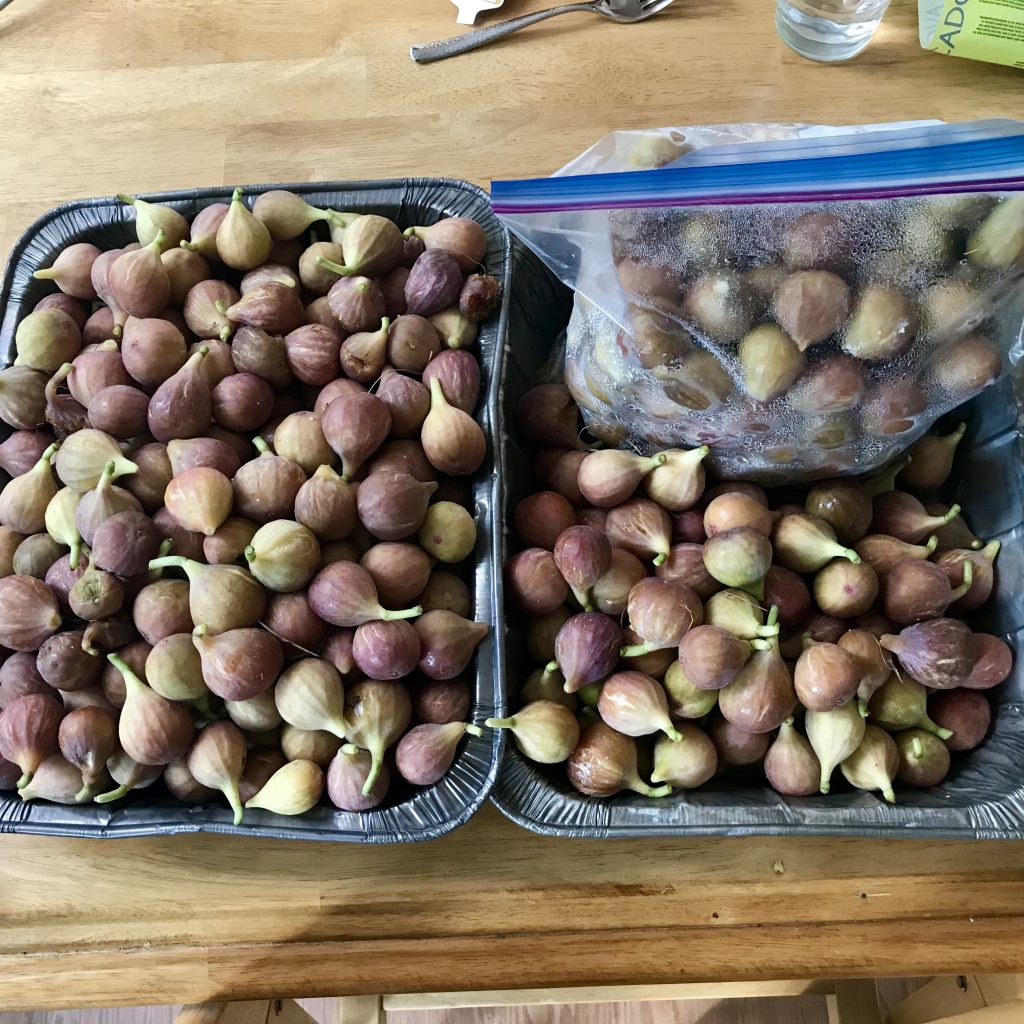
See what I mean? Either feast or famine. The sudden appearance of this much fruit is actually quite disruptive to my already disordered life! (If you’re following along, you know that Saturday 7/27 was also the day I made cherry preserves, and I was already busy and tired before we were inundated with figs.) And this is why I think of it as an adventure.
My solution was to make a citrus fig jam, which I made several times last year and which was BY FAR the most popular product from last year. We gave away a lot as gifts, and I’m still getting thank you cards for it. The recipe we used is heavily inspired by a blogger named Christina, although I have modified it a bit and use orange juice instead of Grand Marnier to keep it G-rated.
I had time and energy to do two things before stopping for the night. Of course the highest priority is to clean the fruit and pack it up to be refrigerated overnight. As long as I’m washing them it makes sense to also trim off the stems. This is the fruit before I covered it and put it up.
The next thing I did was to process the “citrus” part of the recipe. I zested three large oranges and four large lemons, and then juiced them. I forgot to take a picture, but it produced about 1¼ pints of pulpy/zesty juice, and I refrigerated that overnight in a jar as well. As you may know, canning recipes require acid (maximum pH of 4.6) to be shelf stable after water bath processing, and this citrus mix is the only thing providing acidity in this recipe.
I got started the next day around noon, after getting home from church. My kids were over for the weekend, and my younger daughter helped me dice up the figs for cooking and processing. Most of the fruit was very soft already.
There was no way to process all 18 pounds at a time, so I divided it into two equal batches of 9 pounds each. To this I added half of the zest mixture and a quart of “no pulp” orange juice. It probably took about a half hour for the two of us cut up half of the fruit.

I then added 3 cups sugar (I prefer organic “sugar in the raw” for all my recipes, which is a light beige color) and 1 Tbsp kosher salt, and began cooking at a medium simmer. It took about 20 minutes to start bubbling, and I waited another 20 minutes for the fruit to get tender.
At this point, I used an immersion blender to pulverize the fruit and make it nearly uniform. I like the citrus fig jam to be pretty smooth, which makes it very spreadable. If you prefer, you can leave it chunky, or partially blend to taste.
Once this was blended, judging by the hash marks on the inside of the pot it started at about 5½ quarts, but I boiled it down to about 4½ quarts over the course of an hour. This recipe doesn’t take any added pectin and so at this point it was ready for canning.
The canning procedure is the same as always for jelly jars: Wipe the rims, add lids and rings finger tight, and boil in the water bath canner for 10 minutes.
There was an interruption as I had to drive my kids home, which took about 3½ hours. Before they left, they helped me dice up the remaining 9 pounds of figs, and after returning home I repeated the exact same process on that remainder, finishing around 11 PM. All told it was about eight hours of work spread out over the whole day.
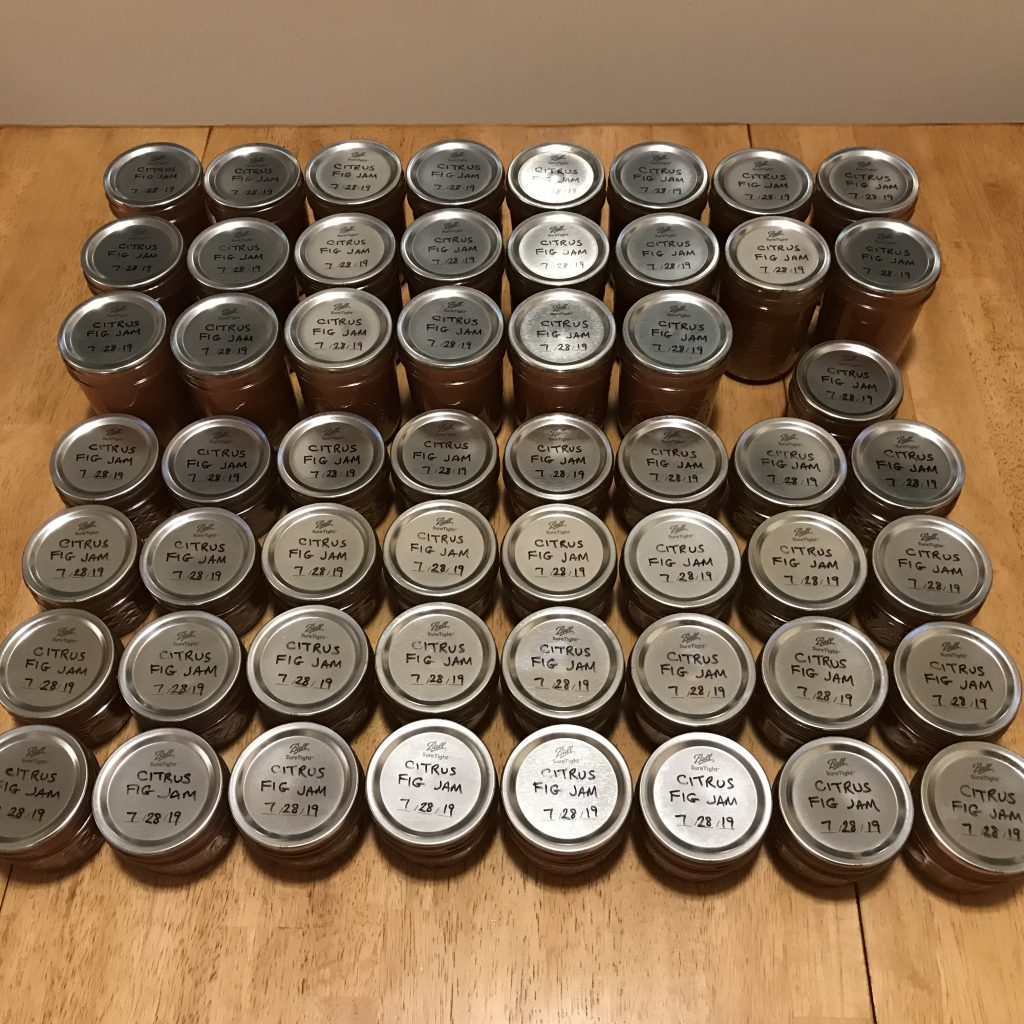
The count in this picture is twenty-two 8-oz jars, and thirty-three 4-oz jars. As it happens, I gave one 8-oz jar to my kids who left this evening, and I also had my first ever seal failure with another 8-oz jar (therefore I put it in the fridge for immediate use. The actual product was twenty-four 8-oz jars, thus if we assume face values:
24 x 8 oz = 192 oz
33 x 4 oz = 132 oz
192 + 132 = 324 oz / 16 = 20¼ pounds.
This is a plausible yield, based on roughly 18 pounds of fruit, to which was added the zest and juice from 3 oranges and 4 lemons, and a half-gallon of OJ, and six cups sugar, and was boiled down for an hour.
The jam is thick but slightly runny; not really jelled like you’d expect if I added pectin. I think the jam would have benefitted from boiling down even more, but I was time constrained. As I said, the timing of this motherlode was a bit inconvenient for me, and I needed to “meet it on its own terms.” But the good news is it tastes wonderful. I think this tastes even better than the citrus fig jam we made last year, with a much richer and blended citrus essence. It’s not too sweet, and so both the fig and the citrus flavor absolutely pop on the tongue.
The jam can be used wherever you use any other fruit jams (PB&J, on toast, etc.) but I’m told it works very well as a glaze with grilled chicken, and I got kudos last year serving it as an appetizer with crackers and brie. As always, I want to hear all about your ideas, results, and experiences with this recipe. And if you have any questions, post them in the comments below and I will do my best to answer!
Canned Citrus Fig Jam
Yield: 160 ounces / 10 pounds jam
9 pounds fresh figs
Zest and juice from 1½ large oranges
Zest and juice from 2 large lemons
1 quart “no-pulp” orange juice
3 cups sugar (I used organic “sugar in the raw”)
1 Tbsp salt
Add all juice and zest to a large (8 or 10 quart) stockpot. Wash figs thoroughly. Remove stems and dice (chunks should be about ¼ inch size). Add figs to the juice mixture and stir as you go to keep the fruit covered with juice, which prevents the fruit from oxidizing and turning “bruised.”
Add the sugar and salt and stir to mix thoroughly. Simmer over medium heat 20 minutes until the fruit is tender, stirring occasionally. Use an immersion blender (“stick blender”) to pulverize the fig chunks as desired to give the jam a smoother texture. Continue simmering (and stirring occasionally) about one hour to reduce the mixture by about 1 quart.
Sanitize canning jars in water bath canner. Sanitize new lids separately in a small pot of simmering water, but don’t boil too long or the sealing wax will fall off. Ladle the fruit mixture into the jars, leaving at least ½ headspace in each jar. Wipe the rims of the jars with a wet paper towel. Cover with lids and twist on the rings finger tight (they should not be super tight because air needs to escape during the canning process).
Process in the water bath canner for 10 minutes (start the timer after the water boils), Remove jars from the water and let cool undisturbed 24 hours. Verify the lids have popped down and that seals have formed. Remove rings and test seals by lifting the jar off the ground with one hand touching only the edge of the lid. If the lids are sticky, immerse the jars in cool water for 10 minutes and wipe clean. Store jars without rings in a cool location out of sunlight for up to 12 months.
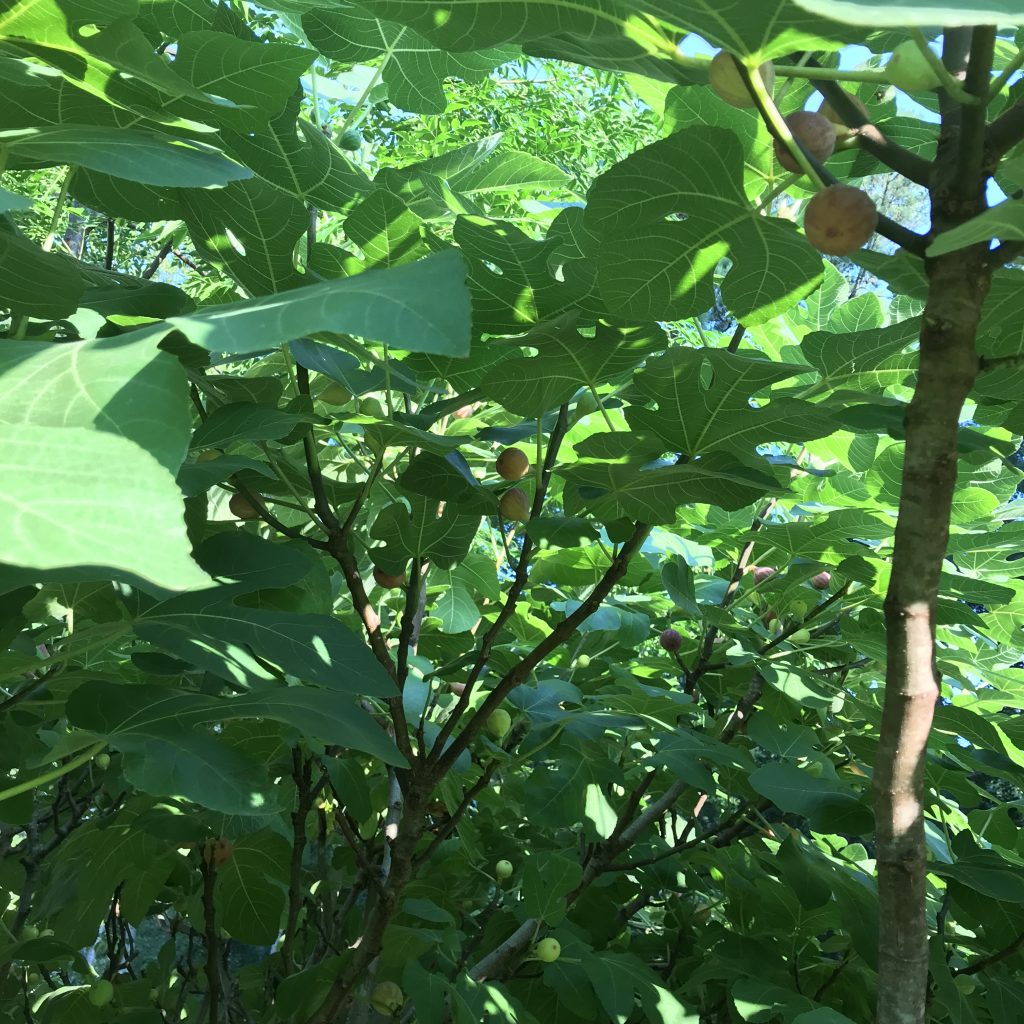


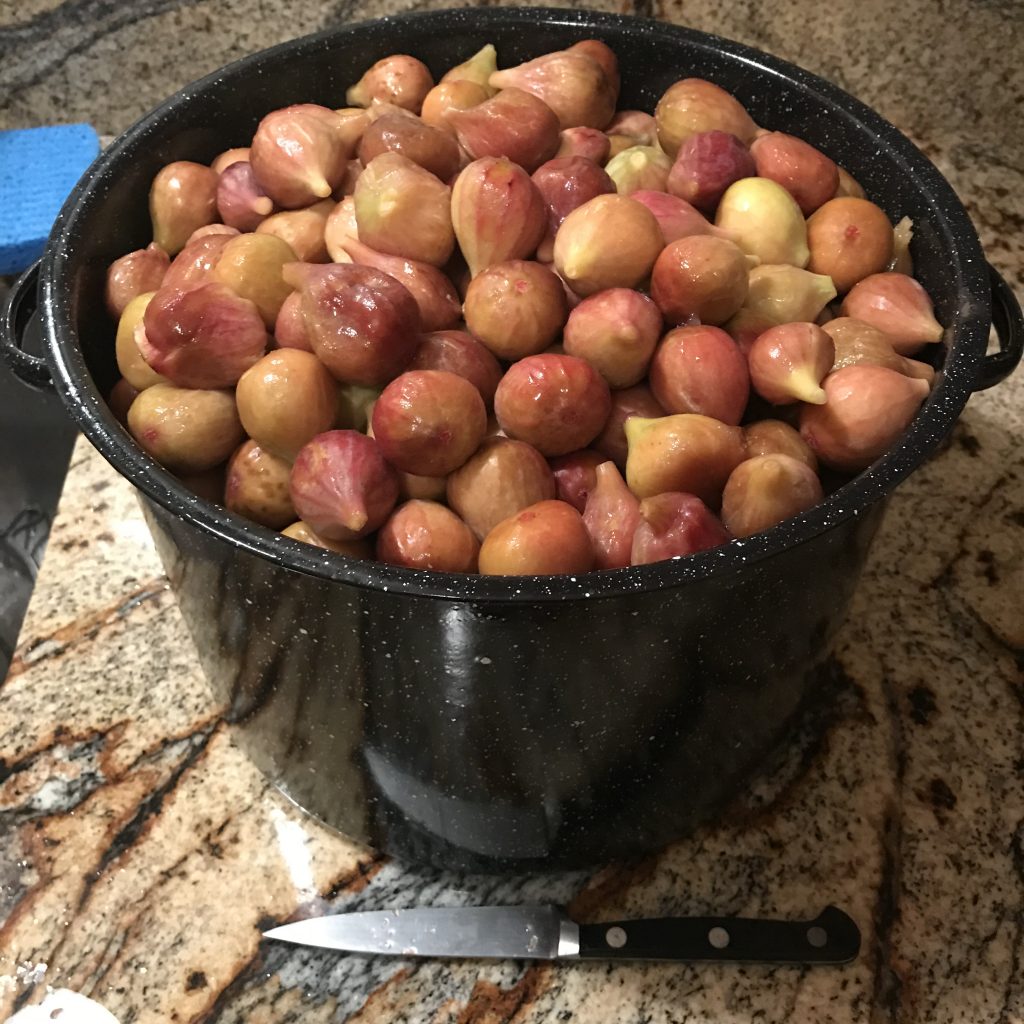
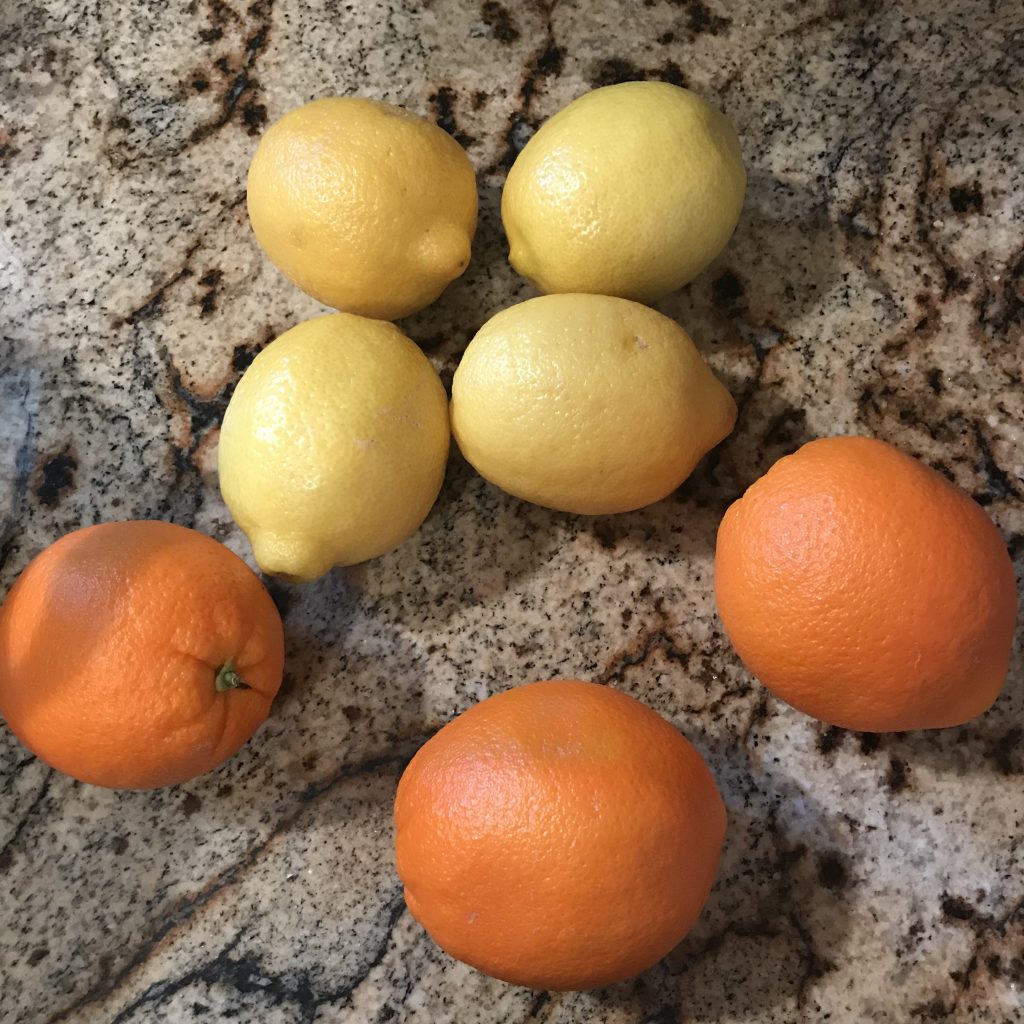
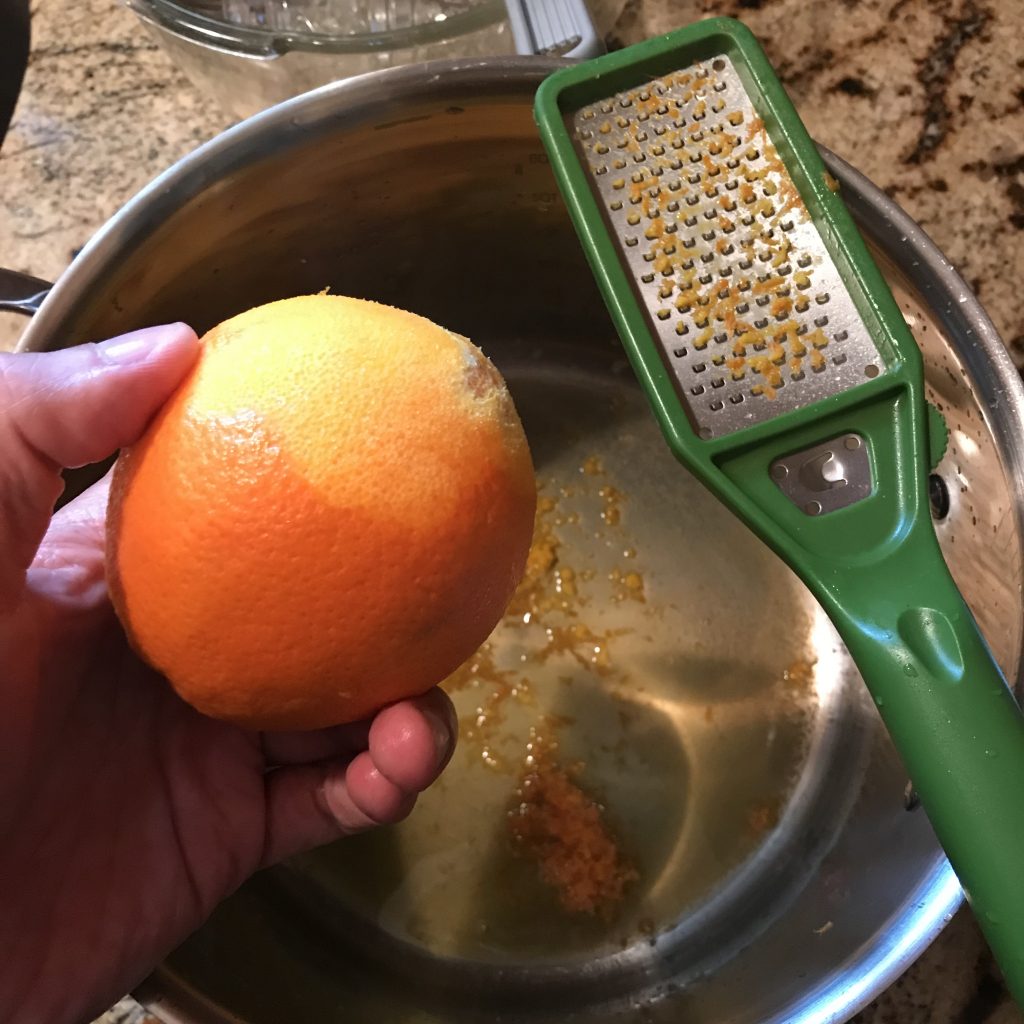
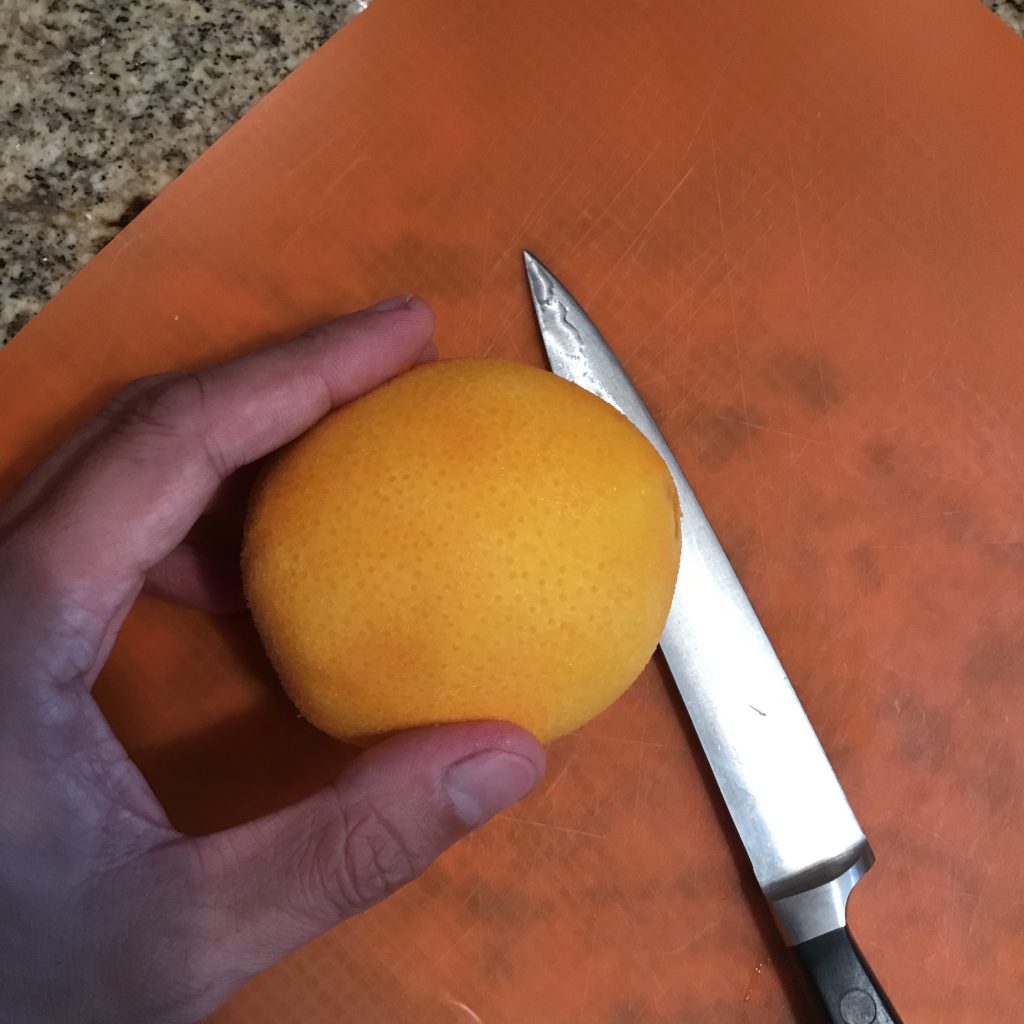
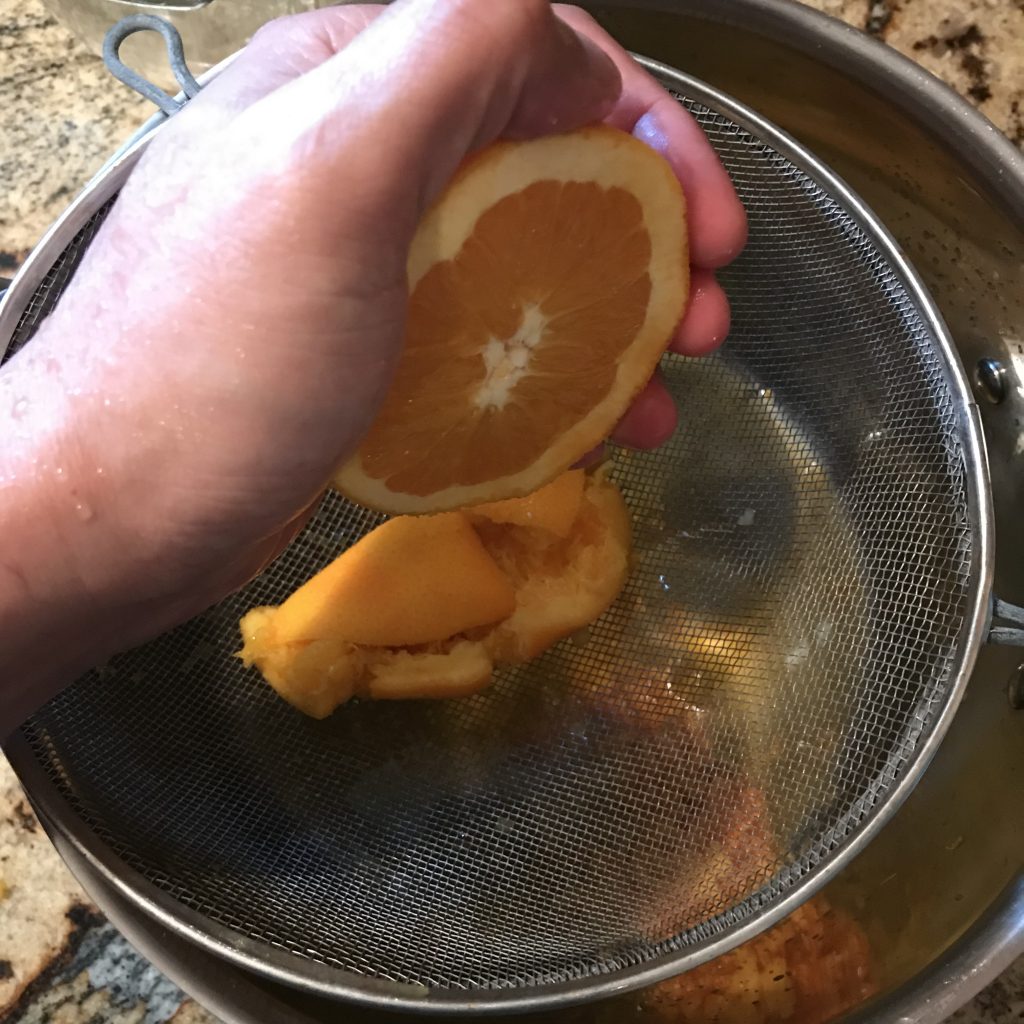
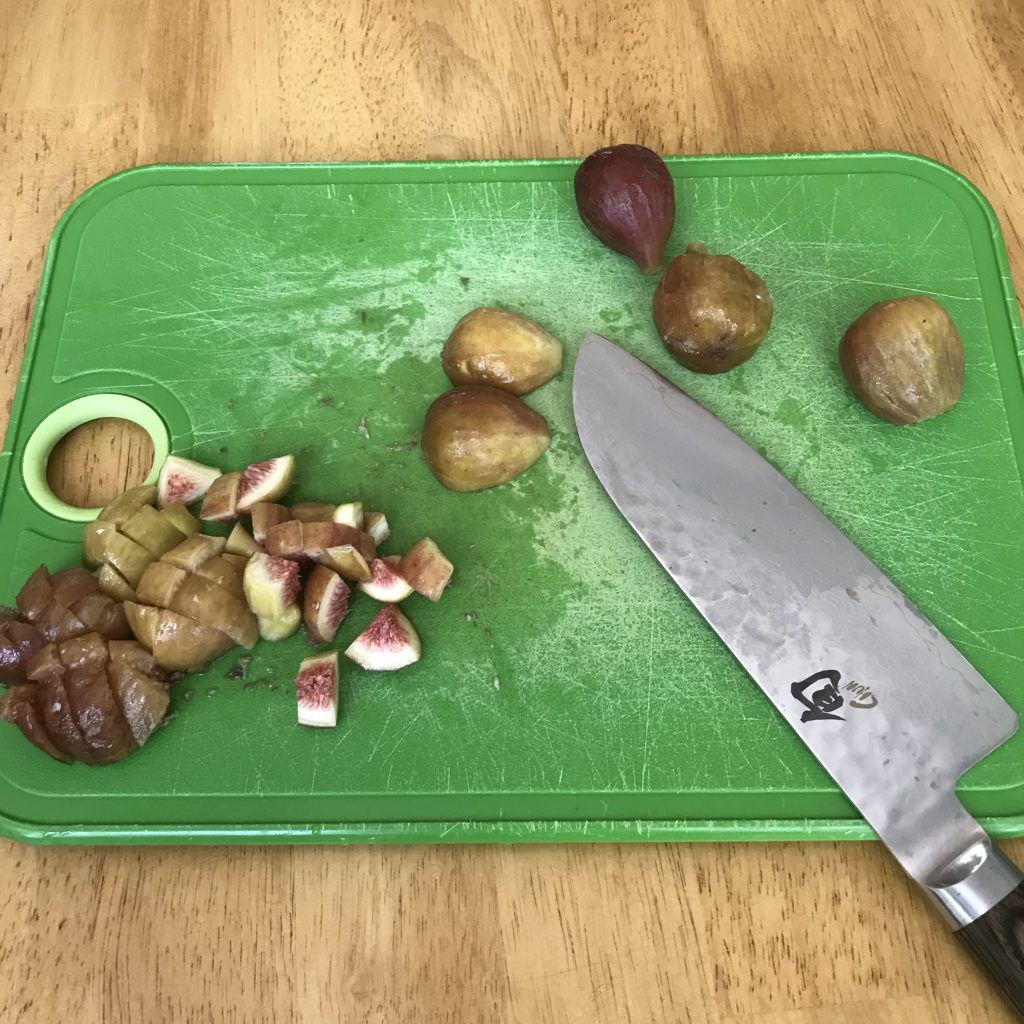
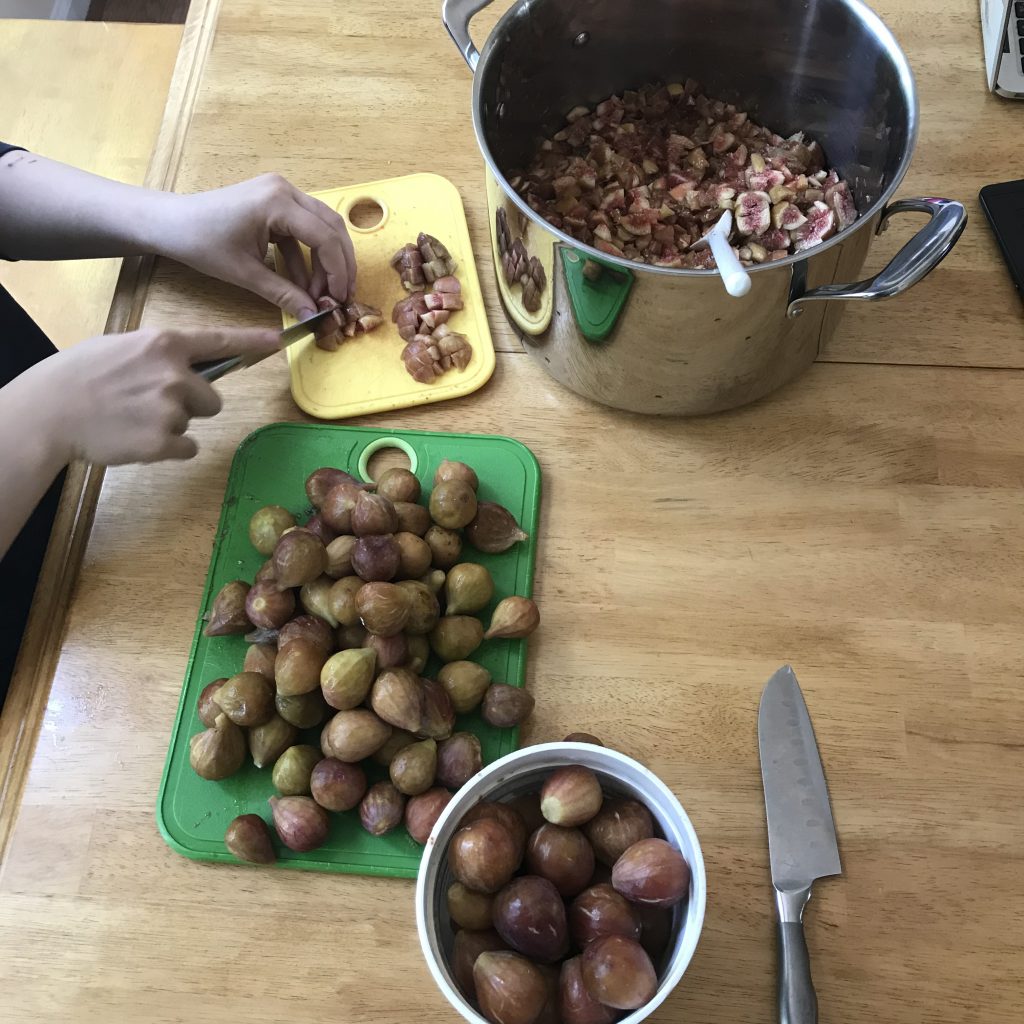
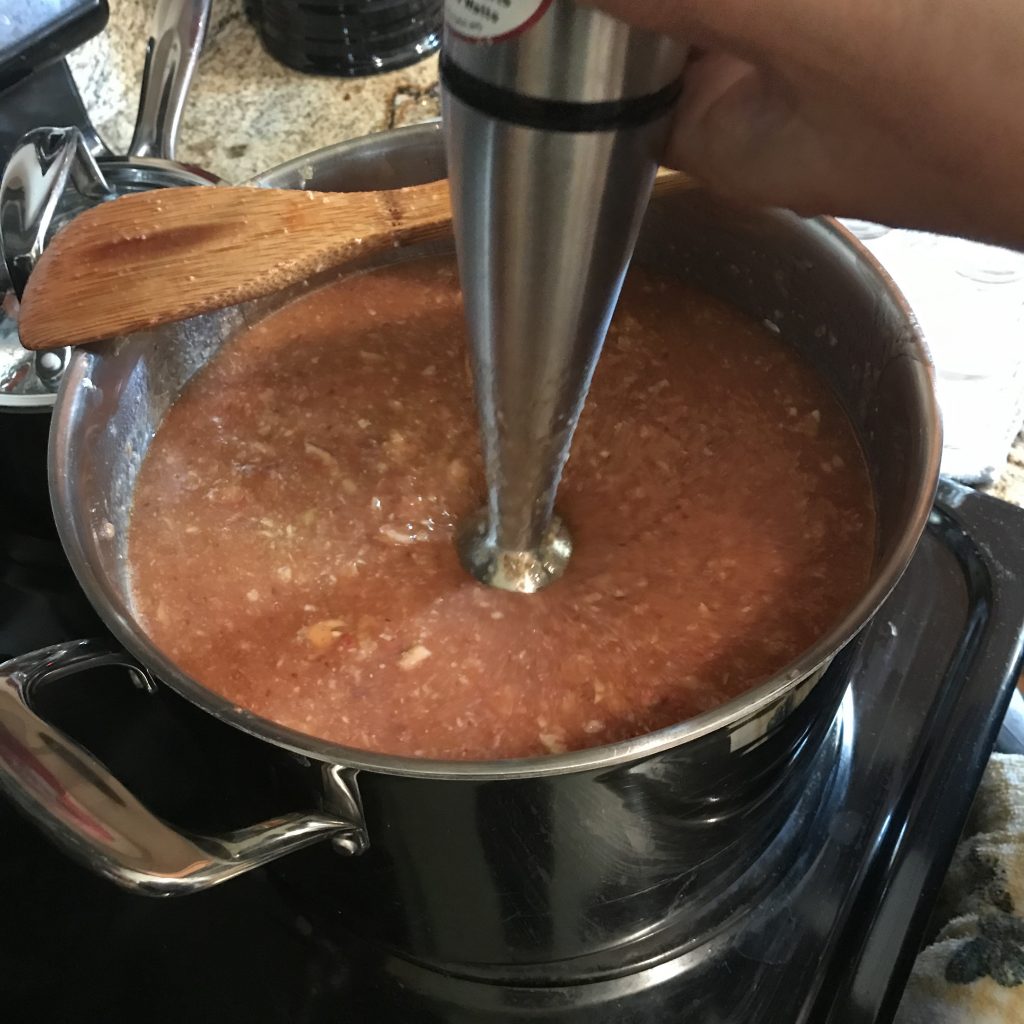
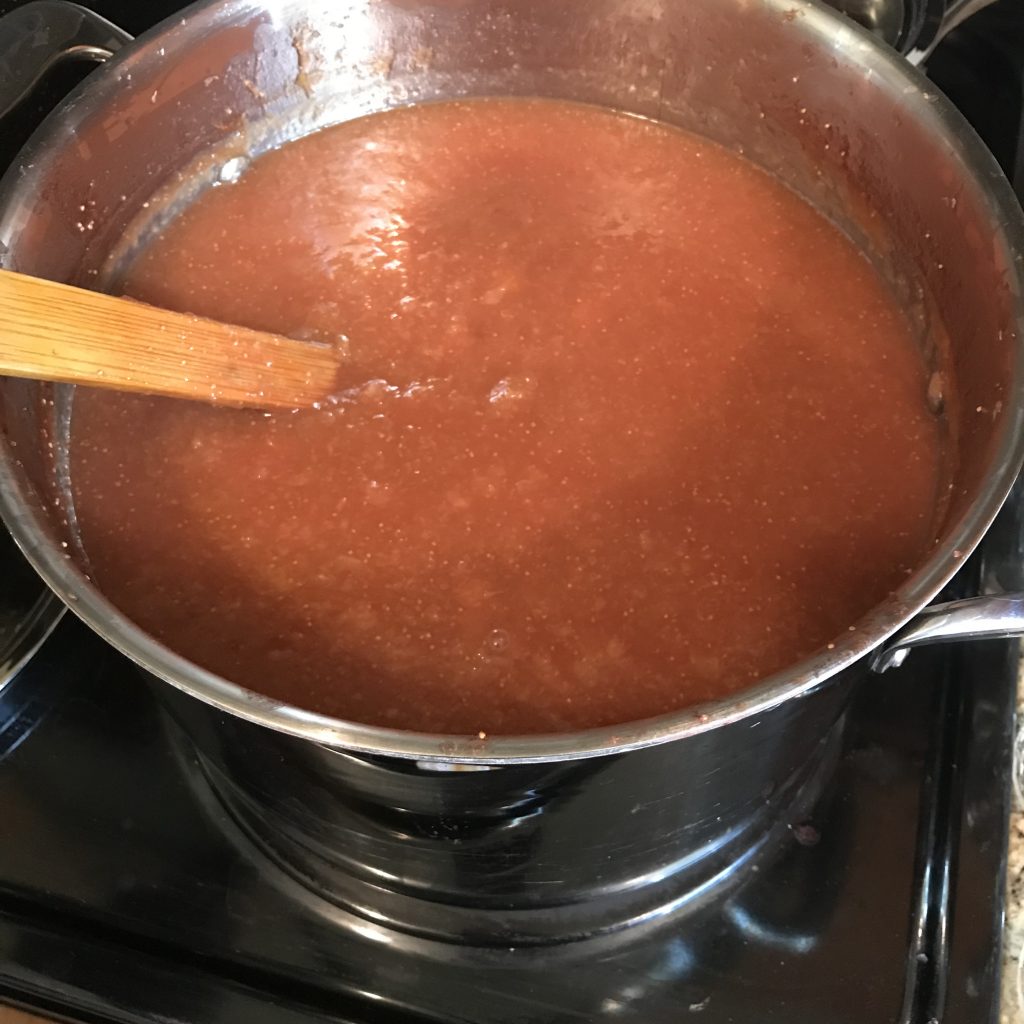
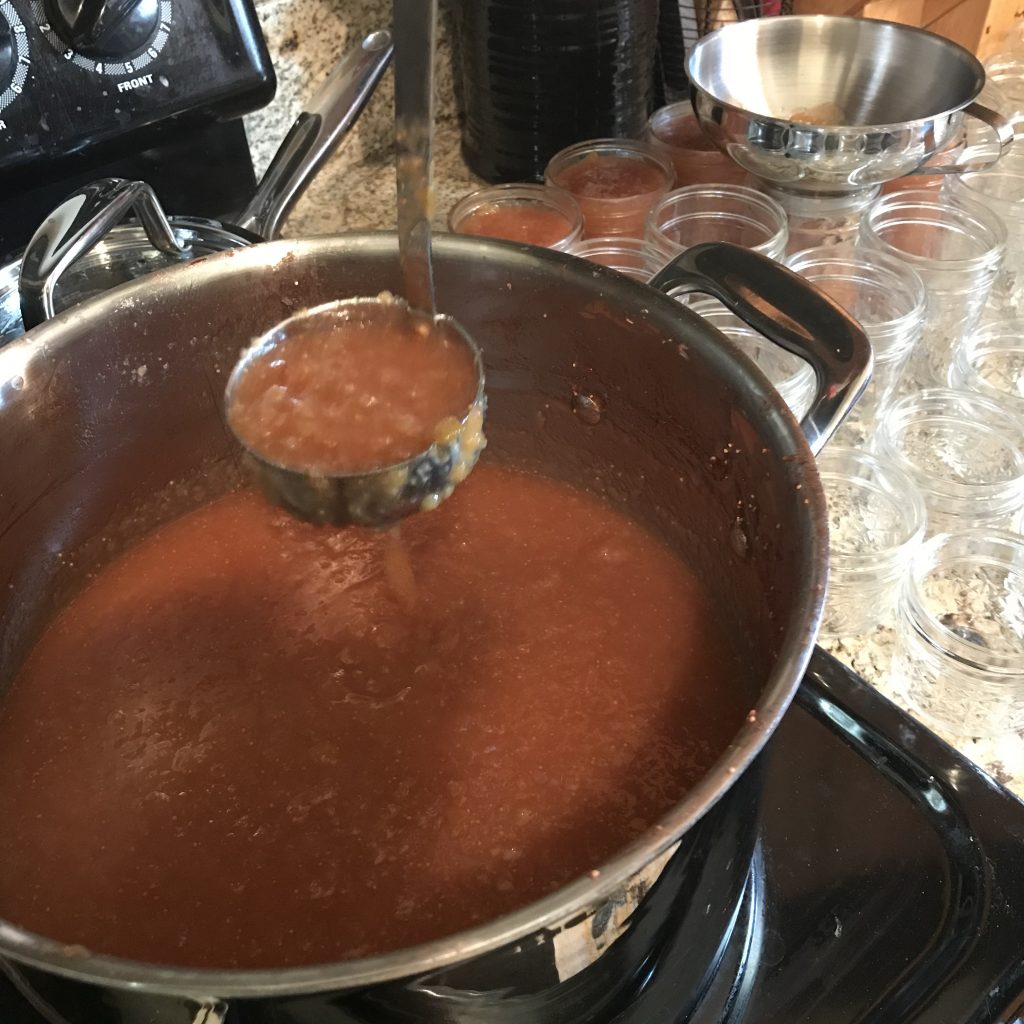



WOW! That’s a LOT of figs! So happy my recipe inspired yours! Looks fabulous, and thank you for the link back to my site. Very much appreciated <3
Hi Christina, thanks for stopping by! We tried many recipes as the figs kept coming last year, and yours emerged as a clear leader.